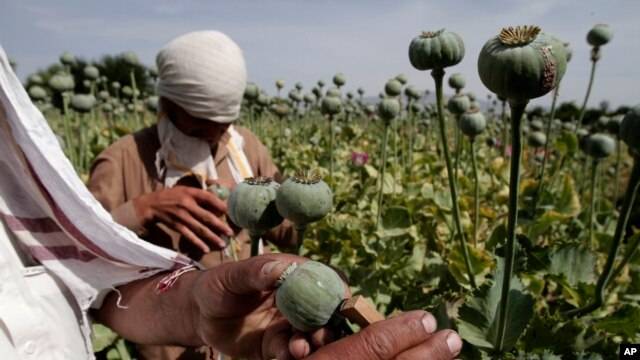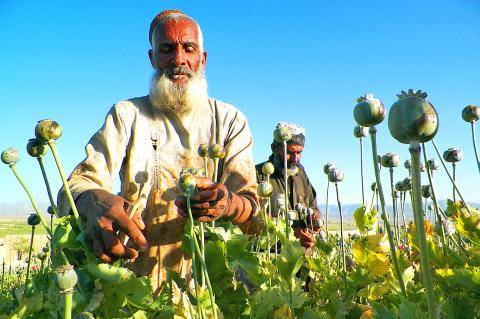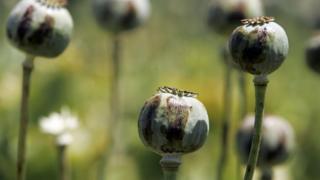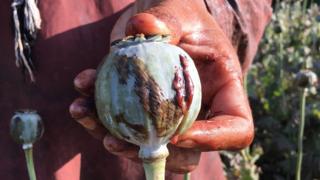eraser2000
Rookie
Everyone in America is on some sort of pill nowadays but, in the case of opiate addiction it is now hitting epidemic levels. People trust their doctors and doctors trust pharmaceutical companies who in turn profit from selling more drugs.
True, opium is the best for pain management but why make an addictive substance more addictive through a similar manufacturing process as cigarettes?
I often times hear people say, "well my doctor prescribed them to me."
In the case of GMOs, maybe this too, is a similar scheme?
And too many are now on heroin. How the hell did this drug make a come back let alone in suburbia. Along with meth use, heroin is exploding.
Only thing is..... is where does most of the world's heroin come from???
great vid to really really put it all into perspective...
[ame="https://www.youtube.com/watch?v=AD3bQWJo8ms"]https://www.youtube.com/watch?v=AD3bQWJo8ms[/ame]
True, opium is the best for pain management but why make an addictive substance more addictive through a similar manufacturing process as cigarettes?
I often times hear people say, "well my doctor prescribed them to me."
In the case of GMOs, maybe this too, is a similar scheme?
And too many are now on heroin. How the hell did this drug make a come back let alone in suburbia. Along with meth use, heroin is exploding.
Only thing is..... is where does most of the world's heroin come from???
great vid to really really put it all into perspective...
[ame="https://www.youtube.com/watch?v=AD3bQWJo8ms"]https://www.youtube.com/watch?v=AD3bQWJo8ms[/ame]








